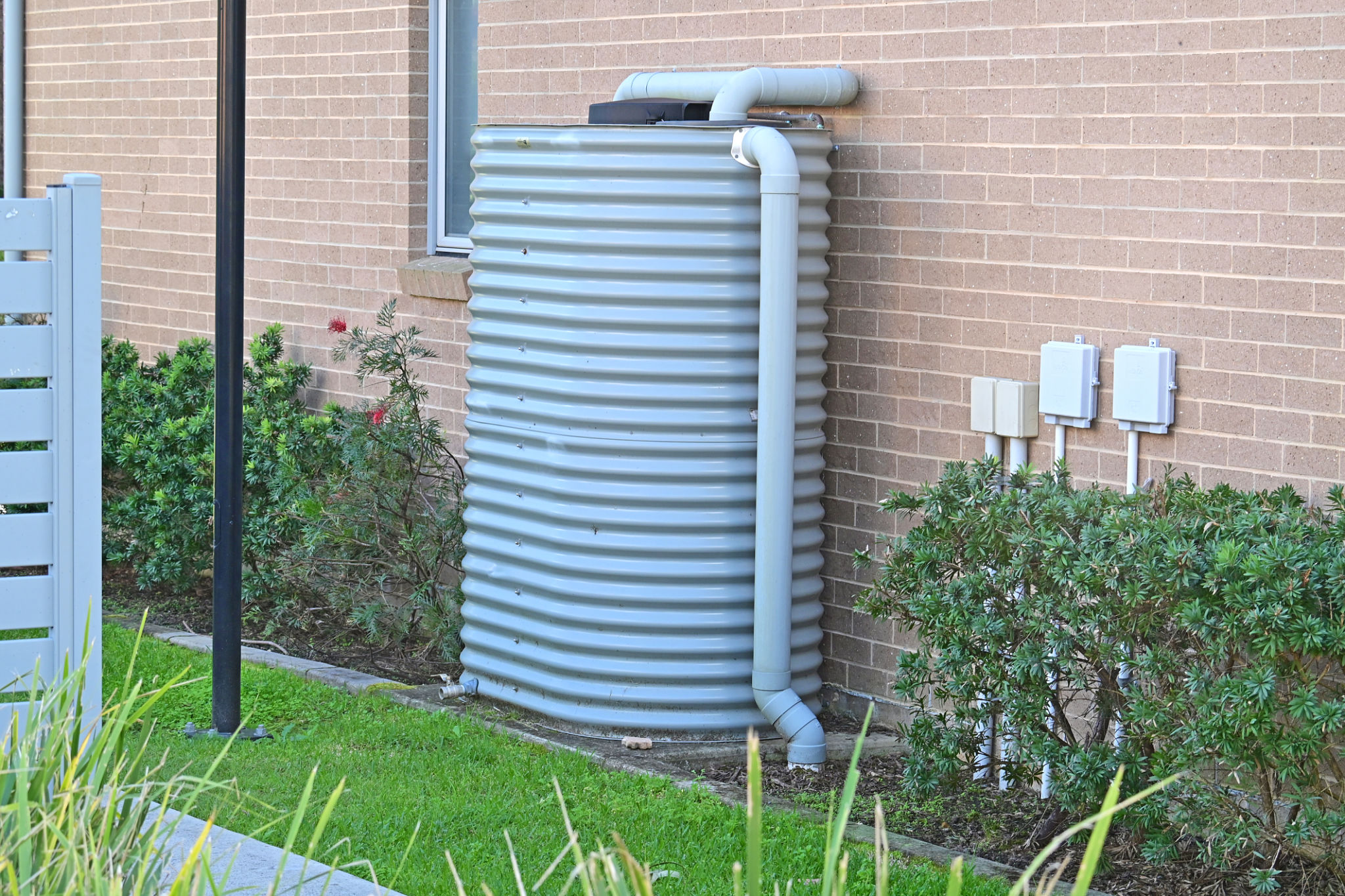A Guide to Sustainable Landscaping in Alberta
Understanding Sustainable Landscaping
Sustainable landscaping is more than just a trend; it's a necessary approach to preserving the natural beauty of Alberta. By adopting eco-friendly practices, you can create a landscape that is not only beautiful but also environmentally responsible. This guide will explore key strategies to achieve a sustainable landscape in Alberta.

Choosing Native Plants
One of the most effective ways to promote sustainability is by incorporating native plants into your landscape. These plants are adapted to the local climate and soil conditions, requiring less water and maintenance. Some popular native plants in Alberta include the Prairie Crocus, Wild Bergamot, and Blue Grama Grass.
Native plants also support local wildlife, providing food and habitat for birds, bees, and butterflies. By choosing native species, you contribute to the local ecosystem's health and biodiversity.
Water Conservation Techniques
Water conservation is crucial in Alberta's often dry climate. Implementing efficient irrigation systems, such as drip irrigation, can significantly reduce water usage. Additionally, consider collecting rainwater in barrels for garden use. This not only conserves water but also reduces your water bill.

Incorporating drought-resistant plants and using mulch around your plants can also help retain soil moisture, reducing the need for frequent watering. These practices not only conserve water but also foster healthier plant growth.
Soil Health and Composting
Healthy soil is the foundation of a sustainable landscape. Regularly testing your soil and amending it with organic matter can improve its structure and fertility. Composting is an excellent way to recycle yard waste and kitchen scraps into nutrient-rich soil amendments.

Composting reduces waste and enhances soil health, leading to more vigorous plant growth. It also decreases the need for chemical fertilizers, which can harm the environment.
Eco-Friendly Lawn Care
Traditional lawns can be resource-intensive, but there are sustainable alternatives. Consider reducing lawn size by adding flower beds, ground covers, or hardscapes. For existing lawns, opt for natural fertilizers and mow with an electric or manual mower to reduce carbon emissions.
By adopting these eco-friendly practices, you can maintain a lush, green lawn while minimizing environmental impact.
Integrating Wildlife Habitats
Creating a landscape that supports local wildlife is a rewarding aspect of sustainable landscaping. Adding bird feeders, bat houses, and bee hotels can attract beneficial creatures to your garden. These animals help with pest control and pollination, supporting a balanced ecosystem.

By providing food, water, and shelter, you create a haven for wildlife while enhancing the beauty and functionality of your landscape.
Conclusion
Embracing sustainable landscaping practices in Alberta not only benefits the environment but also enhances the aesthetic and ecological value of your property. By choosing native plants, conserving water, improving soil health, and supporting local wildlife, you can create a vibrant and sustainable outdoor space.